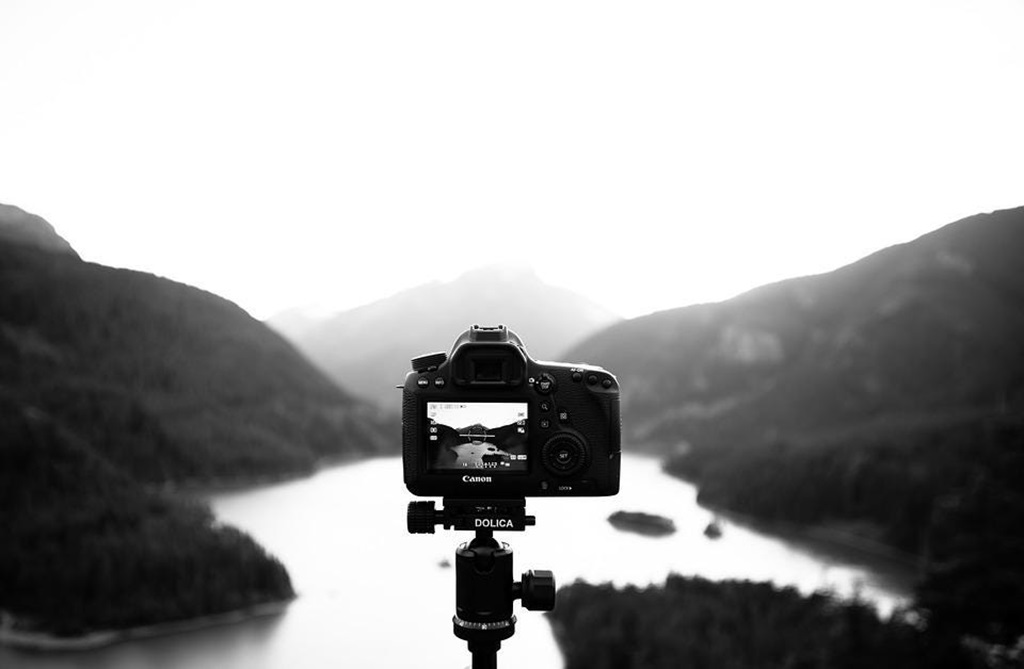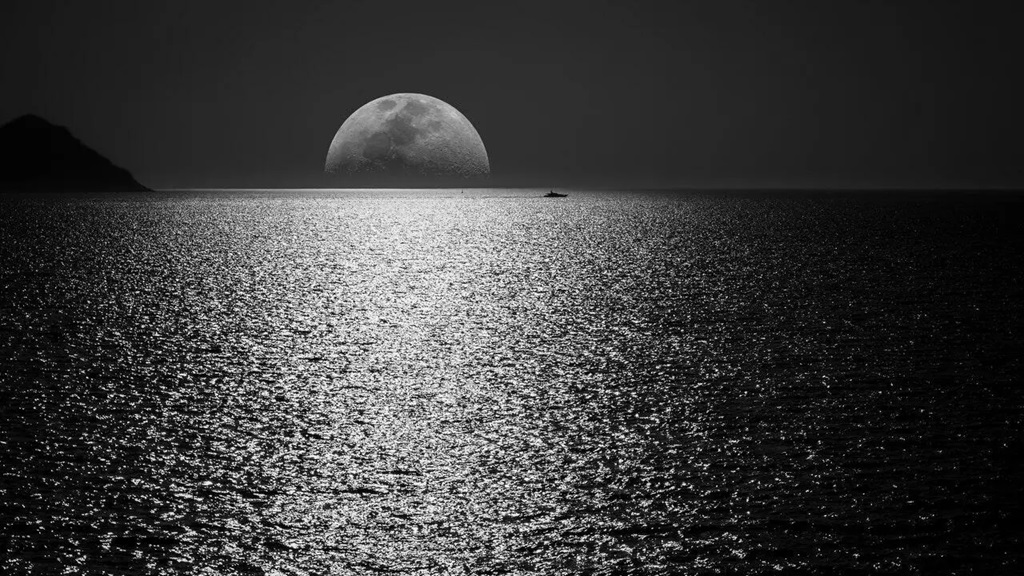Black and white landscape photography, with its timeless appeal, has been an integral part of the photographic world. This art form goes beyond mere visual representation, delving into the realm of emotions, contrasts, and composition. In this article, we will explore the nuances of black and white landscape photography, from the equipment needed to editing processes, showcasing the work, and the future outlook of this captivating genre.
Capturing Timeless Beauty
Definition of Black and White Landscape Photography
Black and white landscape photography involves capturing scenic views in grayscale, emphasizing shapes, tones, and textures without the distraction of color. It is a classic form of expression that has stood the test of time.
Historical Significance
Dating back to the early days of photography, black and white landscapes have played a crucial role in documenting and interpreting the world. Pioneering photographers like Ansel Adams contributed significantly to its development.
Equipment Needed
Camera Selection

Choosing the right camera is vital for black and white landscape photography. Opt for a camera with high resolution and good low-light performance.
Essential Lenses
Invest in prime lenses with a wide aperture to allow more light, providing sharpness and depth to your monochrome landscapes.
Tripods and Filters
Stability is key. A sturdy tripod helps in capturing long exposures, while filters control light and enhance contrast.
Composition Techniques
Rule of Thirds
Dividing the frame into thirds and placing key elements along these lines creates visually appealing compositions.
Leading Lines
Guiding the viewer’s eye through the photograph with lines adds depth and interest to black and white landscapes.
Framing
Using natural elements to frame the subject adds context and draws attention to the focal point.
Capturing Light and Shadows
Importance in Monochrome Photography
Light and shadows are essential elements in black and white landscapes, creating depth and drama in the absence of color.
Enhancing Contrast
Adjusting contrast during shooting or post-processing enhances the dynamic range, making the image more compelling.
Editing Process
Software Options
Popular editing software like Adobe Lightroom and Photoshop offer powerful tools for fine-tuning black and white landscapes.
Key Editing Tips
Balancing tones, adjusting highlights and shadows, and experimenting with different filters contribute to a captivating final image.
Famous Black and White Landscape Photographers
Ansel Adams

Renowned for his stunning monochrome landscapes, Adams’ work in the early 20th century significantly shaped the genre.
Sebastião Salgado
Salgado’s powerful black and white images, often addressing social and environmental issues, have left an indelible mark on landscape photography.
Dorothea Lange
While famous for documentary work, Lange’s black and white landscapes capture the human connection to the environment.
Popular Black and White Landscapes
Iconic Locations
From the grandeur of Yosemite National Park to the mystique of the Scottish Highlands, certain locations are inherently suited for monochrome capture.
Capturing Mood and Atmosphere
Black and white landscapes excel in conveying mood, emphasizing the raw and emotive qualities of a scene.
Challenges and Solutions
Dealing with Limited Colors
Navigating the absence of color requires a keen eye for composition and a focus on tonal range.
Overcoming Weather Constraints
Adapting to changing weather conditions is essential, as the atmosphere greatly influences black and white landscapes.
Ensuring Sharpness
Given the emphasis on details, ensuring sharpness through proper focusing techniques and equipment is crucial.
Evolving Trends in Monochrome Photography

Modern Approaches
Contemporary photographers explore new techniques, blending traditional black and white aesthetics with modern concepts.
Digital vs. Film
The debate between digital and film continues, with both mediums offering unique advantages and challenges.
Showcasing Your Work
Online Platforms
Leverage platforms like Instagram, Flickr, and dedicated photography websites to share and gain exposure for your black and white landscapes.
Building a Portfolio
Curate a portfolio that reflects your style and showcases the diversity of your monochrome work.
Community and Collaboration
Joining Photography Groups
Connecting with like-minded individuals in photography groups provides valuable insights, feedback, and inspiration.
Participating in Exhibitions
Showcasing your work in exhibitions offers exposure and the chance to connect with a broader audience.
Benefits of Black and White Landscape Photography
Timelessness
The absence of color gives black and white landscapes a timeless quality, transcending the constraints of trends and fads.
Emphasis on Composition
Without the distraction of color, composition takes center stage, allowing photographers to refine their artistic vision.
Focusing on Form and Texture
Textures and forms become more pronounced in monochrome, adding a tactile quality to the visual experience.
Future Outlook

Integration of Technology
Advancements in technology, such as high-resolution sensors and innovative editing tools, will continue to shape the future of black and white landscape photography.
Changing Perspectives
As societal perspectives evolve, black and white landscapes may take on new meanings, reflecting the zeitgeist of the times.
Conclusion
In conclusion, black and white landscape photography is a captivating journey into the essence of visual storytelling. Beyond the technical aspects, it is an art form that invites photographers to explore creativity, composition, and emotion. As you embark on your monochrome adventures, remember to capture not just what you see but the soul of the landscape.
Unique FAQs
-
Q: Can any landscape be suitable for black and white photography?
- A: Yes, black and white photography can enhance the mood and drama of any landscape, from urban scenes to natural wonders.
-
Q: How do I achieve the timeless quality seen in iconic black and white landscapes?
- A: Pay attention to composition, lighting, and post-processing to create images that transcend trends and evoke a timeless feel.
-
Q: Is it better to use digital or film for black and white landscape photography?
- A: Both digital and film offer unique advantages. The choice depends on personal preference and the desired aesthetic.
-
Q: How can I build a strong portfolio for showcasing my black and white landscapes?
- A: Select images that showcase your style, demonstrate a range of skills, and create a cohesive narrative for your portfolio.
-
Q: Are there any specific challenges faced in black and white landscape photography?
- A: Challenges include working with limited colors, adapting to changing weather conditions and ensuring sharpness for detailed monochrome images.

